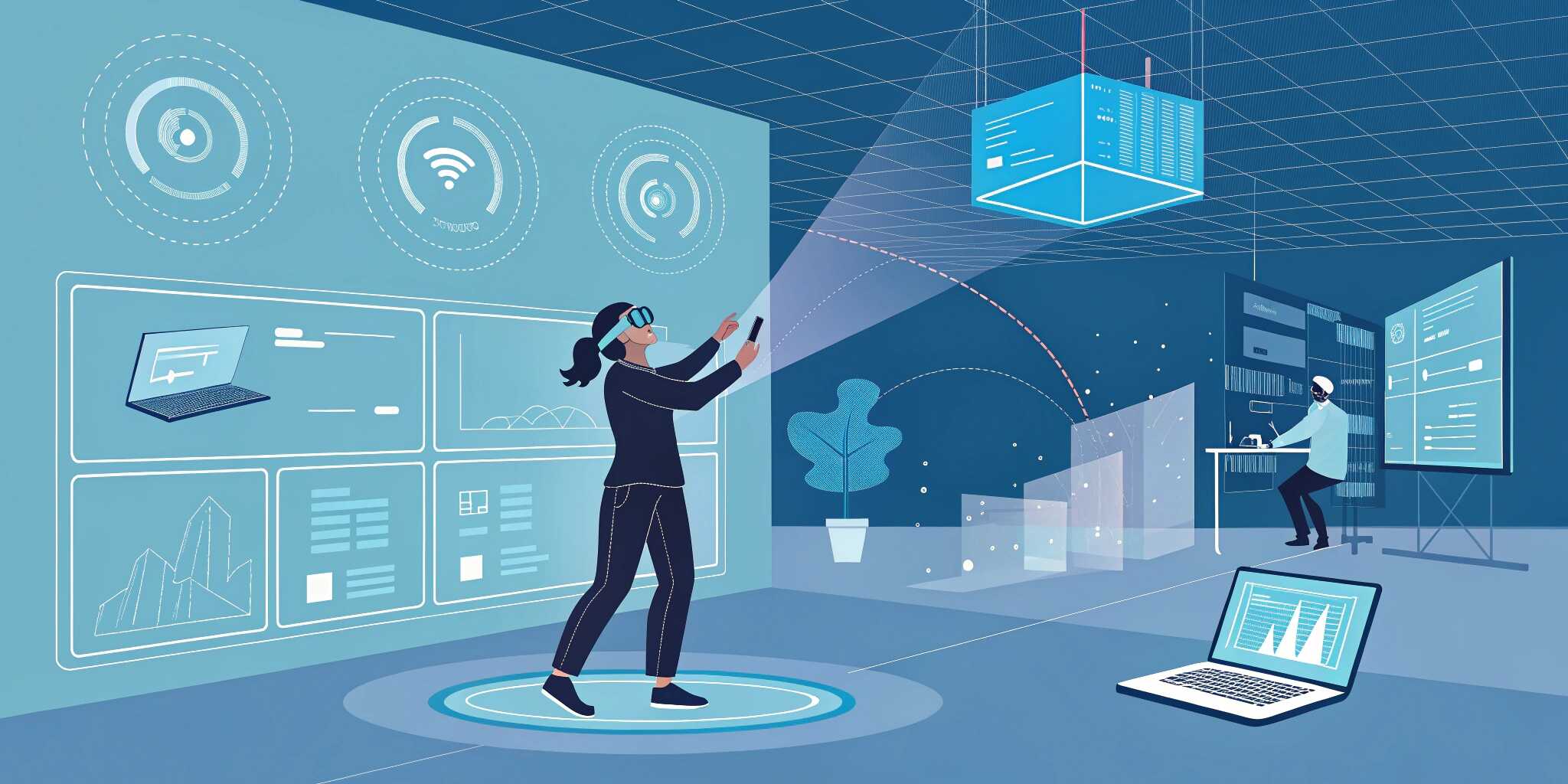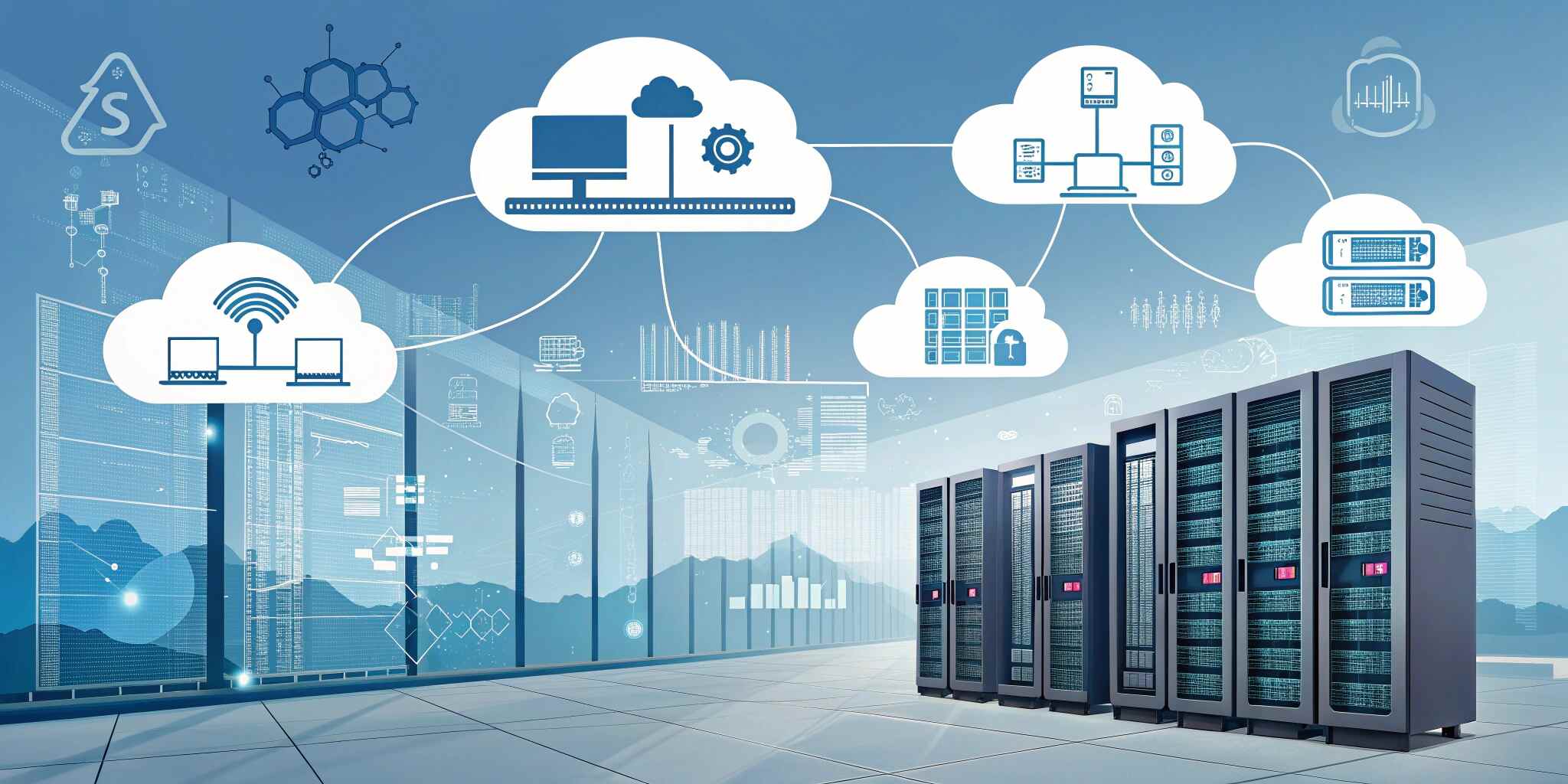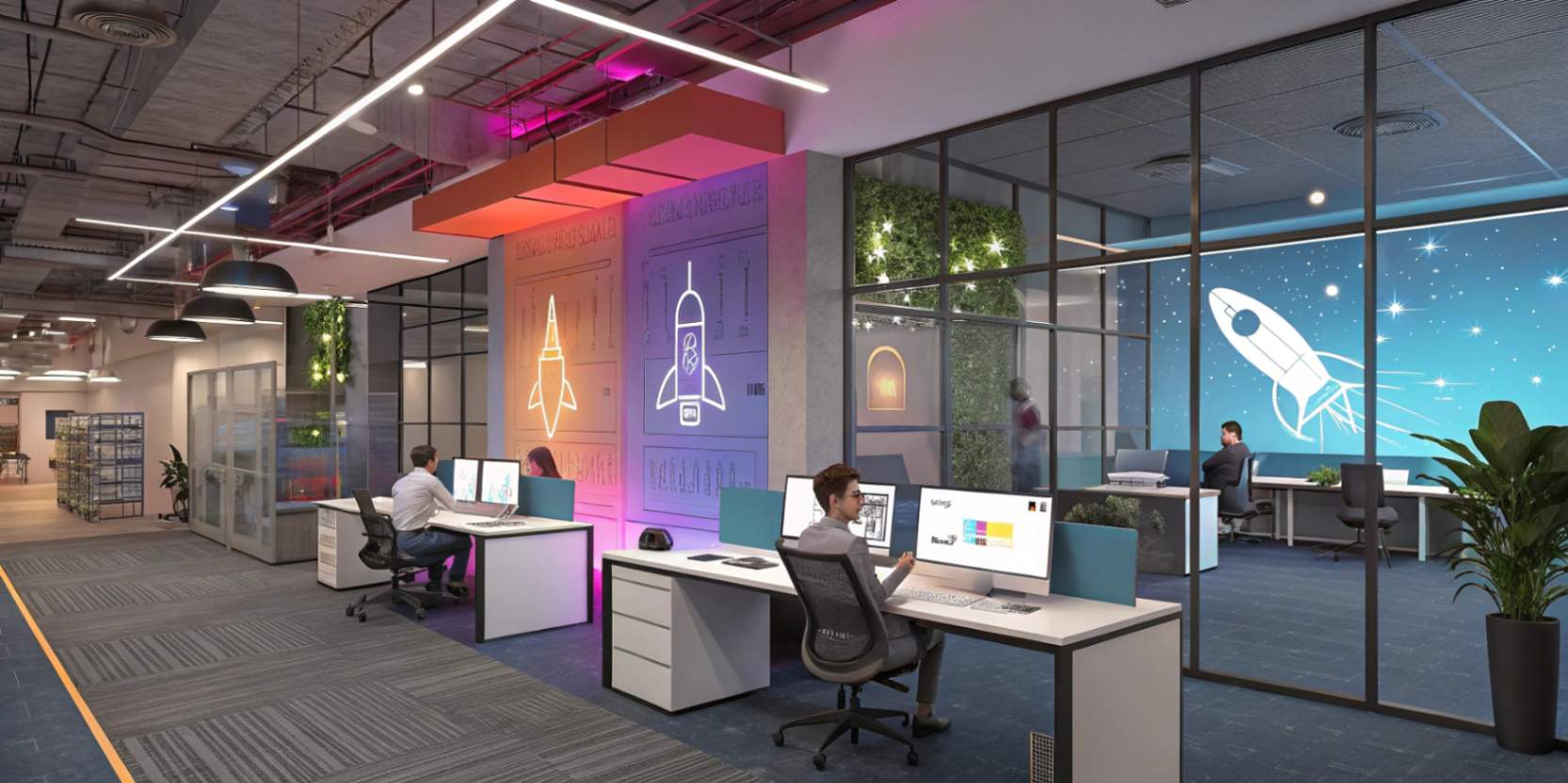Introduction
The digital world is no longer limited to screens and clicks. With Spatial Computing and Extended Reality (XR), we're entering an age where computing happens around, within, and through our physical space. It’s immersive, intelligent, and incredibly transformative.
What is Spatial Computing?
Spatial Computing refers to the technology that enables computers to perceive and interact with the 3D world. It includes:
- Spatial mapping
- Gesture tracking
- Environmental awareness
- Object recognition
Devices like Apple Vision Pro, HoloLens, and Meta Quest use spatial computing to deliver immersive experiences that feel seamlessly embedded in the physical world.
Understanding XR (Extended Reality)
XR is an umbrella term for:
- Virtual Reality (VR): Fully immersive digital environments.
- Augmented Reality (AR): Overlaying digital content on the real world.
- Mixed Reality (MR): Real and digital objects interacting in real-time.
Together, they enable new ways to experience information, collaborate remotely, and entertain.
Applications Across Industries
- Healthcare: Virtual surgery training, patient simulations
- Education: Immersive learning environments and virtual classrooms
- Retail: Virtual try-ons, spatial storefronts
- Manufacturing: Remote maintenance, digital twins
- Real Estate: 3D walkthroughs and virtual staging
Key Technologies Behind Spatial Computing & XR
- Computer Vision & AI: Enables real-time object and environment understanding
- 5G & Edge Computing: Supports low-latency, real-time processing
- Wearables: Smart glasses, haptic gloves, motion sensors
Challenges Ahead
- Hardware cost and accessibility
- Privacy concerns in immersive tracking
- Developer adoption and interoperability
- User comfort and motion sickness
The Future of Interaction
Spatial computing and XR redefine not just how we use technology, but where we use it. Work, learning, and play are shifting from 2D interfaces to embodied, 3D experiences—building a more intuitive digital future.
Conclusion
Spatial Computing and XR are more than buzzwords—they’re the blueprint of tomorrow’s digital interaction. As hardware improves and use cases grow, the line between physical and digital will continue to blur, making technology more human than ever.


